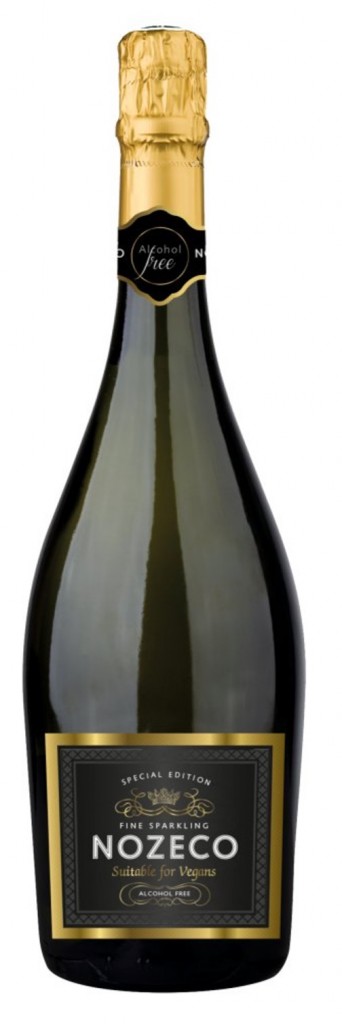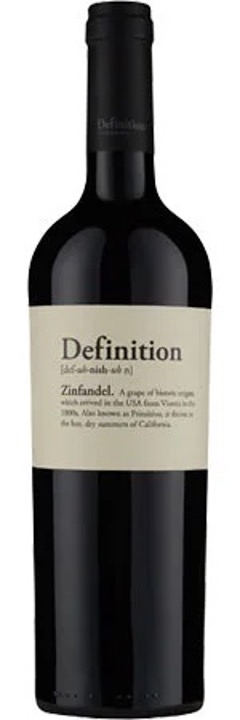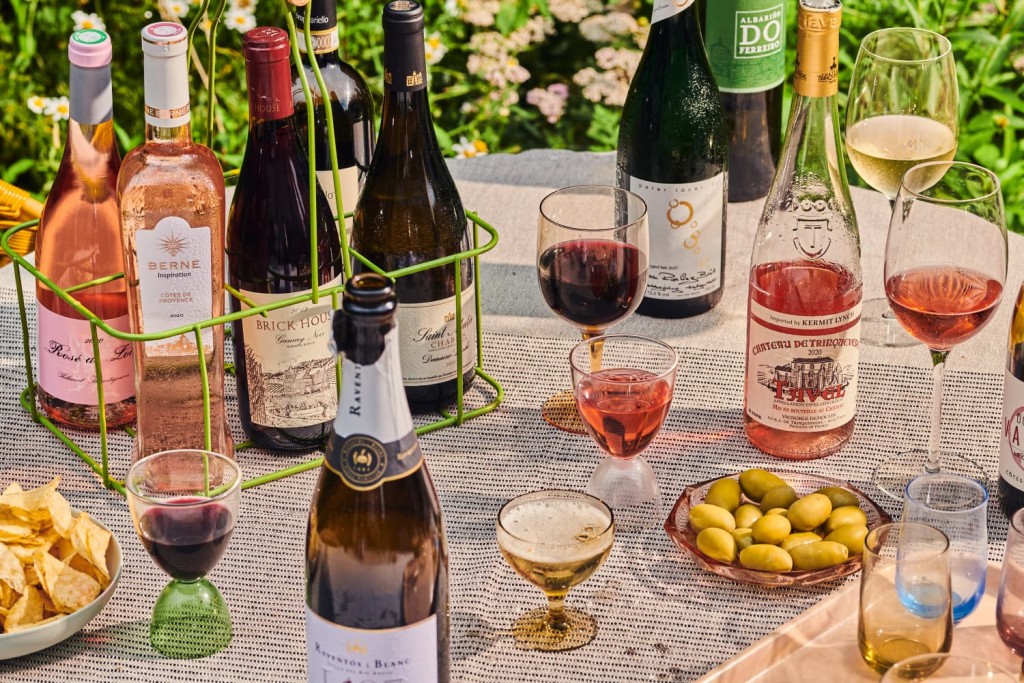Are you a foodie who is curious about wine, but don’t know where to start? Here are some solutions (specifically seven) for you.
Simply put, wine tasting is a sensory experience. Every bottle contains a certain number of different everyday flavours you already know. Typical ones are fruits, spices, flower fragrances, herbs and, sometimes, even chocolate and cream flavours can be tasted. Wine can contain a single primary flavour or many different flavours all at once. That is why wine descriptors are usually a list of flavours, like when describing a carefully prepared dish or dessert. Wine is all about mindfully engaging your sense of smell and taste to discover and enjoy all these different fragrances and flavours in your glass, and to share this delightful experience with good company.
This article will cover the four basic wine types: sparkling, rosé, white, and red. I will talk you through what kind of flavours to generally expect from each type of wine. You will also get recommendations of highly rated and highly affordable bottles of each type and where to buy them. By the end of this, you will have a good idea to pick and choose what sounds tasty to you personally. You can then go out and buy them off the shelf and start your wine experience right away If you already have a preferred wine type, feel free to simply skip ahead to what you fancy.

(Image credit: Lidl)
Sparkling
Summer is possibly the best season to get into sparkling wine. In the summer heat, the best wines are the most refreshing and thirst-quenching ones. Sparkling wines quenches thirst better than anything else. Flavours you will likely find among the fizz are citrus fruits (lemon, lime), green fruits (apple, pear), tropical fruits (peach, melon), and a texture of creaminess that works wonders combined with the bubbles. Other than the world-renowned and prestigious Champagne, there are plenty of other equally good (if not often better) and more affordable options out there: Prosecco and Asti from Italy, Cava from Spain, Crémant from France, and Sekt from Germany, to name a few.
Sparkling wines are good to drink on their own or with lightly flavours dishes such as appetizers, vegetarian dishes, and shellfish. Serve all sparkling wines well-chilled.
Valdobbiadene Prosecco Superiore DOCG, Italy
This bad boy is an excellent example of how great quality doesn’t come with great wallet responsibility. Prosecco is a delicious yet inexpensive sparkling wine made in Northern Italy. ”DOCG” is the highest quality grade given to wines from Italy. In this bottle you will find flavours of green apple, pear, lemon, lime, peach, and a texture of creaminess. In particular, citrus fruits plus green apple make your mouth water and this is a classic flavour combination for a thirst-quenching, refreshing wine, whilst the creamy texture makes it smooth and mellow to drink in combination with the fizz. It is zesty and perfect in the summer heat. Vegan friendly. Retail Price: £7.99, Lidl.
Nozeco, France

(Image credit: Tesco)
Who says wine is non-inclusive? For those of you on an alcohol-free diet, the dedicated driver, or when you simply don’t feel up for hangovers the next morning, rejoice! Hailing from France, this Nozeco is a delicious, great value, alcohol-free prosecco. Today’s technology means the days of non-alcoholic wines tasting subpar are over. Filled with elderflower, apple, and citruses like lemon and lime, it is mouth-watering, easy to drink, and all-around delightful on a hot sunny day. Suitable for vegans. Retail Price: £3.25, Tesco. Also found in many other major supermarkets.
Rosé
Rosés are generally wines from red grapes but made in a much lighter style than red wines. They are more refreshing and far easier to drink than reds, yet more flavoursome than whites. You will primarily find lots of red fruits (strawberry, raspberry, cherries), and then some tropical fruits (melons, peaches) and flower fragrances (roses) to round them off nicely. This makes Rosé an exceptional summer option. A few good-quality rosés to recommend are ones from the regions of Province and Loire from France, Piedmont in Italy, Rioja in Spain, and California in the USA.

(Image credit: Lidl)
Whilst great to have on its own, Rosé is very versatile when it comes to food pairing as it generally goes great with most dishes. Exceptionally delicious Rosé pairings include fish, chicken, shellfish, vegetables, spicy food, and pizza. Serve chilled (unless sparkling, which needs to be well-chilled).
Crémant de Loire Rosé, France
A ”Crémant” is a sparkling wine made in France outside of the Champagne region. Unlike Champagne, Crémant doesn’t come with the restrictions, nor the price tag, so you get more interesting variations and a much better bang for your buck. From the middle of France’s longest river, the Loire, this pink and sparkling Crémant de Loire Rosé contains the best of two worlds in one bottle. Full of strawberry, raspberry, peaches, and citrus fruit flavours, this bubbly Rosé is sure to brighten up your day. Made with the same ’traditional method’ that is also used to make Champagnes, with a minimum of nine months ageing (this means extra flavours), this is a carefully crafted elegant Rosé, and a bargain at under £10! Retail Price: £9.99, Lidl.
Whites
White wines generally have citrus fruits (lemon, lime), green fruits (apple, pear, gooseberry), tropical fruit (grapefruit, peaches, passion fruit, melon) flavours. When it comes to summer white wines, “crisp and refreshing” are the ones to go for. Good examples of zesty white wines to combat the summer heat are Sauvignon Blanc, Chardonnay, Pinot Grigio (also called Pinot Gris), Gewürztraminer, Riesling, and Vinho Verde.

Azevedo Vinho Verde, Portugal (2020)
Light and refreshing, cheap and cheerful, this is an appetizing and easy-to-drink wine to kick-off any event with. Wines like this are called an apéritif – a wine that precedes a meal – or to enjoy with some light starters. Vinho Verde literally means ’Green Wine’, it is a type of wine produced in a northern region of Portugal from local grapes. These wines are designed to drink ’young’ (soon after bottling instead of ageing in the bottle), and this one from 2020 is just right for this summer.

This Portuguese beauty is zesty and brimming with lemon, green apple, peach, and melon. Like most other Vinho Verdes, this one carries a slight fizz (not enough to be a sparkling wine) which enhances the freshness of the wine and makes it even more enjoyable in the summer heat. Retail Price: £7.99, Waitrose.
Vina Esmeralda Gewürztraminer Muscat, Spain (2020)
Both Gewürztraminer and Muscat are what we call ’aromatic’ grapes. They are an absolute treat on the nose as they are delicious on the palate: you can quite easily identify many of its flavours from its fragrance alone before even tasting the wine in the glass. Whilst not a sweet wine, this particular blend of aromatic grapes is for those who prefer sweeter and riper fruit flavours, such as lychee, pineapple, mango, and apricot. It also carries with it a lovely scent of rose petals. All of this come together and give you a decadent experience of a sweet little treat. Retail Price: £9.00, Tesco.
Reds
There are two main types of red wines you will want to drink in summer: light, juicy, and easy-drinking ones, or fruity, bold, and often those with a higher alcohol content to have with barbeques. Simple examples to choose from for the lighter ones are Merlot, Grenache, and Tempranillo. They are all about red fruits and berries (strawberry, raspberry, red cherry, red plum). For these specifically, you will want to look for 2020-2022 vintage (generally no older than a few years), as these are made to drink ‘young’ for maximum freshness.
For the stronger reds to go with summer foods, you want to look for the likes of Malbec, Syrah (also called Shiraz), Zinfandel, and Cabernet Sauvignon. Expect these to pack a punch of black fruits and berries (blackberries, blueberries, black cherry), spices (cinnamon, clove, vanilla), as well as the aforementioned red fruits found in their lighter counterparts. All red wines generally work well with stronger flavoured dishes such as red meat, whilst the stronger reds pairs better with fatty foods such as grilled ribs and cheeses. Serve at room temperature.
Devil’s Creek Merlot, New Zealand (2020)

Image Credit: Vivino
Merlot is a hardy and easy-to-grow vine that thrives pretty much anywhere. This allows Merlots to remain an inexpensive wine even at exceptional qualities. This Devil’s Creek Merlot comes from Hawkes Bay, a premium region for quality New Zealand wines. Juicy and very easy to drink, this Merlot is packed full of cherries, plums, and – if you pay close attention to your palate – you’ll find a cheeky note of chocolate in there too! Retail Price: £8.99, Majestic Wine.

Definition Zinfandel, USA (2019)
Fun fact: Zinfandel is another name for Primitivo. Primitivo is the Italian name for the grape, whilst Zinfandel is often used for the same wines from California, which is where this bottle is from. Don’t let the minimalistic label fool you: this wine is made in Lodi, a region with some of the oldest and most prestige vines in California for Zinfandel, made by a top-tier winemaker. On top of that, this wine has seen a long time in oak, a process which transformed this wine into a silky-smooth texture that goes down easily even in the summer heat. Rich, juicy, and bursting with all kinds of berry fruits like blackberry, blueberry, plum, cherry, and sweet spices (think cinnamon), this stunning wine is perfect for that summer barbeque around the corner. Retail Price: £8.99, Majestic Wine.
I hope you have learned a thing or two about wine by this point, and perhaps an idea of what wines you may like to try. Remember, wine is all about engaging with your senses and experimenting with what you personally enjoy the most. So next time you have a spare tenner, pop down to the shops or restaurant and give it a taste. Most importantly: Have fun!
About the author: A seasoned wine, food, and events writer, Felix has a passion for discovering hidden gems and sharing this joy with people. Having recently completed his WSET Level 3 Award in Wines, he strives to make the fascinating world of wine more accessible and friendlier via Tasting Britain.
